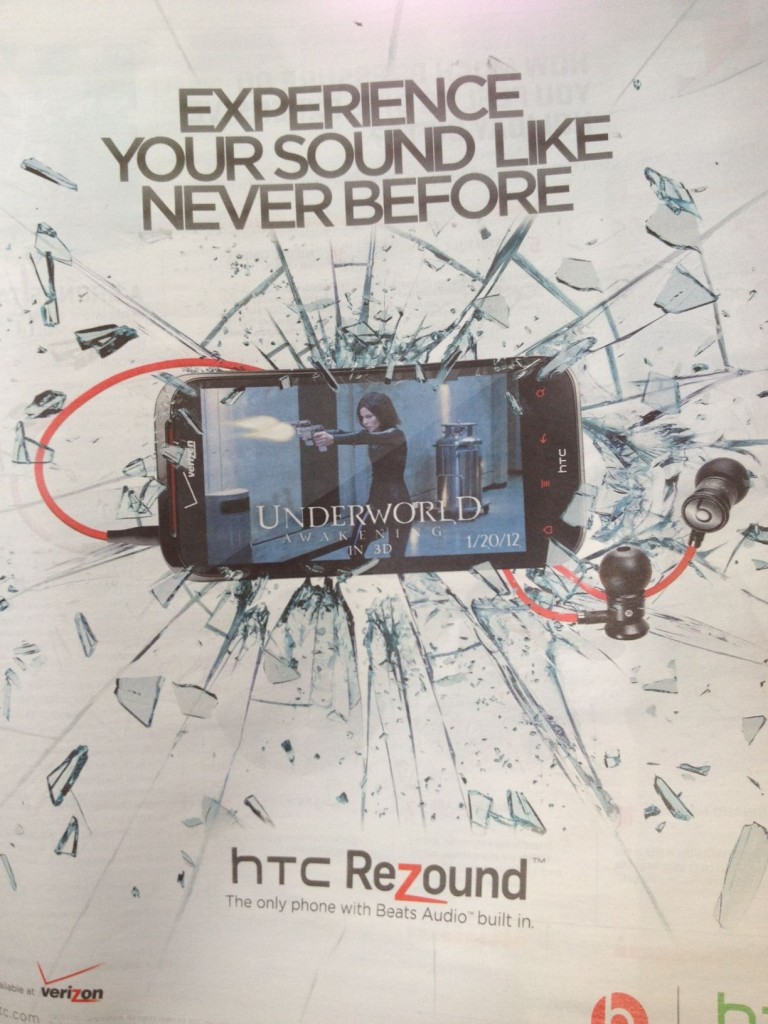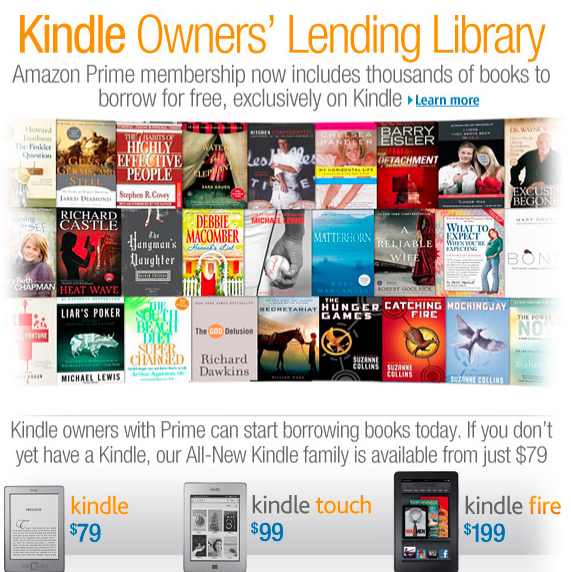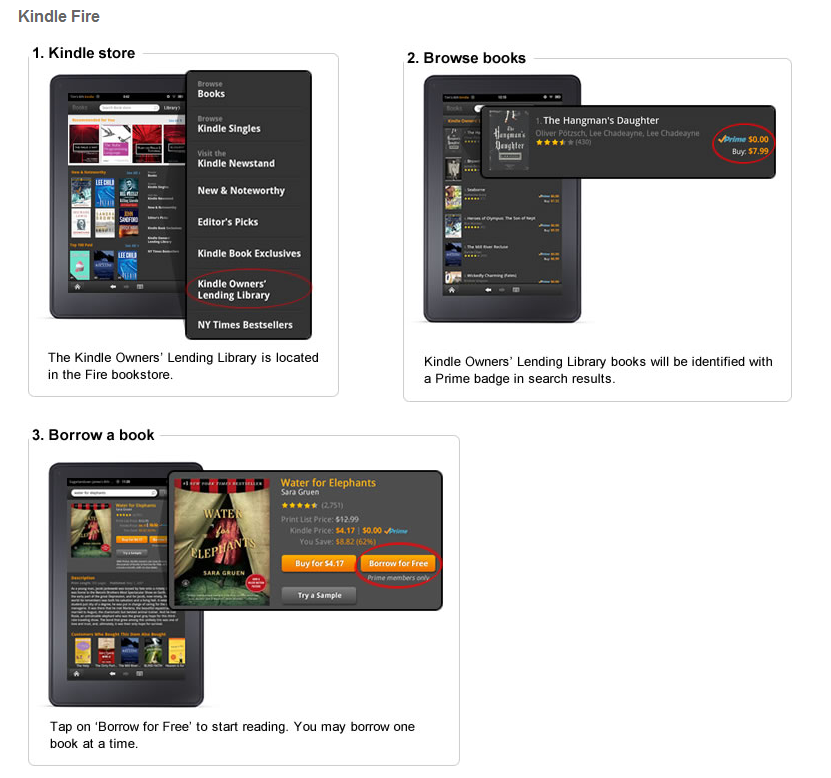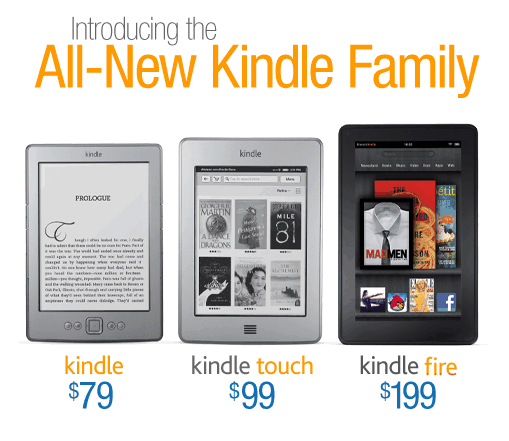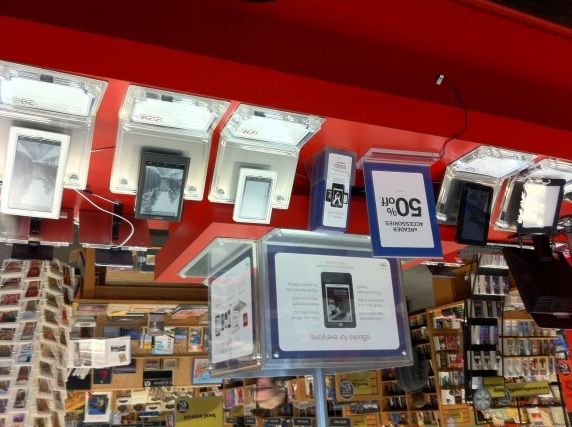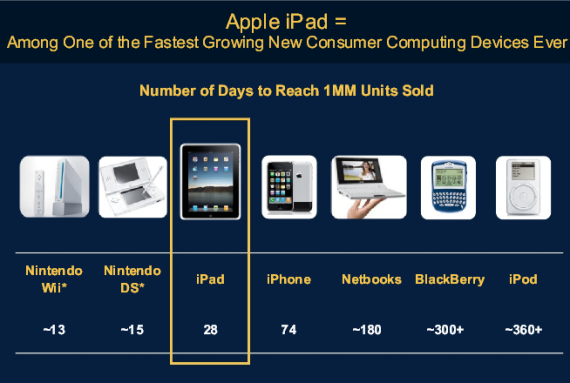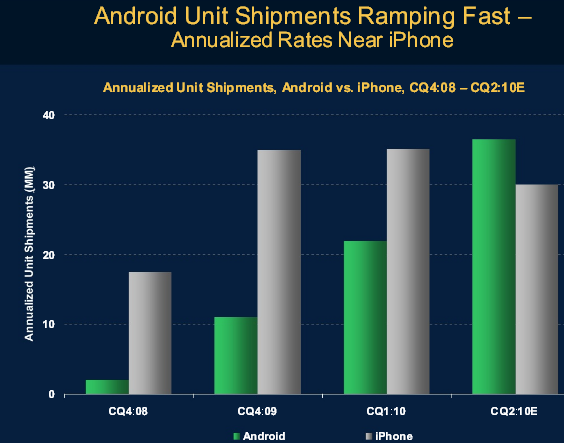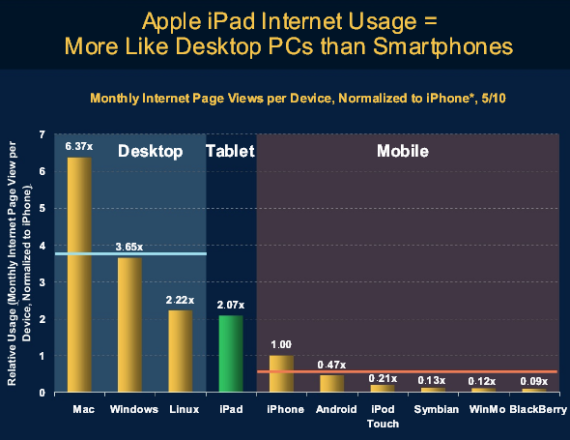Square: an attachable payments mechanism. PayPal's Square competitor.
The Mophie: a removable juice pack that fits atop the iPhone like an ordinary sleeve. It's a must have for travelers (and got a great TechCrunch write up).
iCache's Geode: an attachable, secure wallet for your iPhone. Remarkably cool.
What's the similarity here? There is a great innovation occurring both at the app level and, more recently, at the device / peripheral level. It's yet another reminder that the future of the web consumption is mobile and companies are racing to improve the phone itself (ie battery) or extend its definition (ie square into a register / payment terminal and Geode into a wallet).
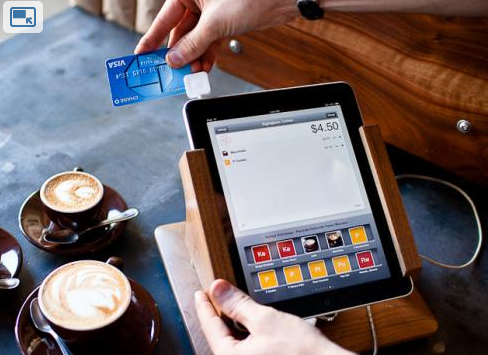
Image credit: USAToday.com

